Figures & data
Table 1. Description of the variables and parameters of the Pentadesma butyracea model (Equation3(3)
(3) ).
Figure 1. The function defined as in (Equation11
(11)
(11) ) with the width expressed in m and
in year
The surface represents the fitted function. The star marker represents the data points. (a) Dry region (j = 1); and (b) Moist region (j = 2).
![Figure 1. The function Rj(w,α) defined as in (Equation11(11) Rj(w,α)=Ro[1−exp(−(100−α)/αo)][1−exp(−w/wo)].(11) ) with the width expressed in m and Rj,α in year−1. The surface represents the fitted function. The star marker represents the data points. (a) Dry region (j = 1); and (b) Moist region (j = 2).](/cms/asset/ff542df3-302c-4827-bde9-91e1aeea4afd/tjbd_a_2071489_f0001_oc.jpg)
Table 2. The values of the parameters and the Fit Standard Error, RMSE, obtained when the fitting of the function in Equation (Equation11
(11)
(11) ) is performed for moist and dry regions. The values of
were computed using formula (Equation12
(12)
(12) ) and the estimated values of the parameters
Figure 2. Graphs of in the dry region (left panel) and the moist region (right panel). The solid black line depicts the curve of the total mortality rate of the tree population fitted using Equation (Equation13
(13)
(13) ). The corresponding data values are indicated with a circle symbol. The blue circle shown in the right panel indicates an outlier. The width is expressed in m and μ is in year
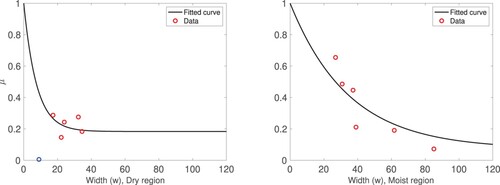
Table 3. Values of the parameter in metres, when the functions
in Equations (Equation13
(13)
(13) ) is fitted to data. The subscripts j = 1, 2 denote dry and moist region, respectively. The subscripts j in the different quantities were dropped to make the table easier to read.
Figure 3. The graphs of the net growth rate of the tree population defined in (Equation2
(2)
(2) ). The width is expressed in m, and
in year
(left) Dry region,
(right) Moist region,
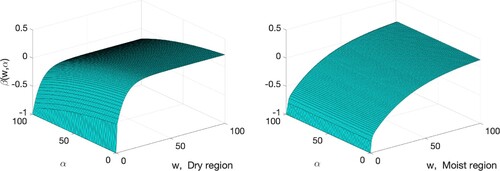
Figure 4. Critical harvesting rate as a function of habitat width
The dashed black line corresponds to
in the dry region while the solid blue line corresponds to
in the moist region. The quantity α is expressed in % per year and the width in metres.
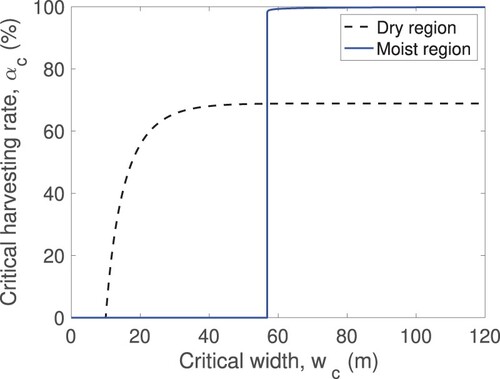
Table 4. Values of the critical harvesting rate for each habitat in the two climatic regions of Benin.
Table 5. Values of the critical habitat width for each current non-lethal harvesting level observed in the two climatic regions of Benin.
Figure 5. Number of Pentadesma trees per width, b, as a function of time (years) with The width w is expressed in m. The distinct values of the width considered in the simulations are shown in the figure and
per year. (a) Dry region of Benin. (b) Moist region of Benin.
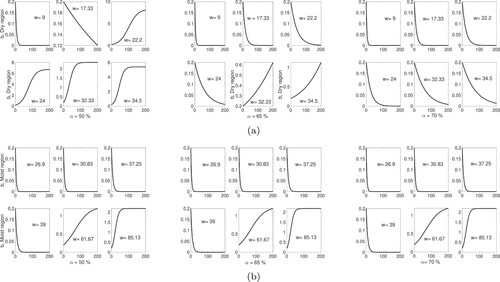
Table 6. Description of functions in Equation (Equation14(14)
(14) ).
Figure 6. Plots for scenarios varying the cost constant c. Left panel, Number of fruits. Right panel, Harvesting rate. ,
and 100. Time t = 0 is the time when the first fruits fall to the ground.
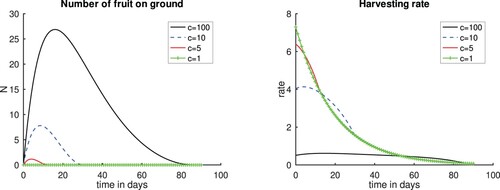
Figure 7. Plots for scenario varying the amount of fruits lost or stolen and 0.1, and setting
. Left panel, Number of fruits. Right panel, Harvesting rate. Time t = 0 corresponds to the time when the first fruits fall to the ground. The case c = 10 and
corresponds to a case when we varied the cost constant c considered in Figure and is included for completeness.
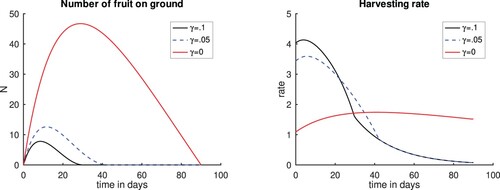
Figure 8. Plots for scenarios varying , and setting
, and
and 400. Left panel, Number of fruits. Right panel, Harvesting rate. Time t = 0 is the time when the first fruits fall to the ground. The case c = 10 and
corresponds to a case when we varied the cost constant c considered in Figure and is included for completeness.
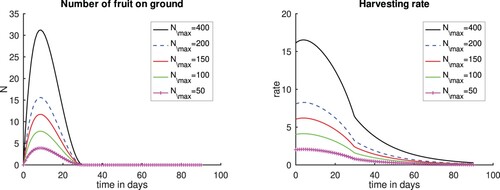
Figure 9. Plots varying the number of fruits left on the ground Nl. Left panel, Number of fruits. Right panel, Harvesting rate. and
;
and
;
and
;
and
. Observe that the first case correspond to one of the cases preseted in Figure . Time t = 0 corresponds to the time when the first fruits fall to the ground.
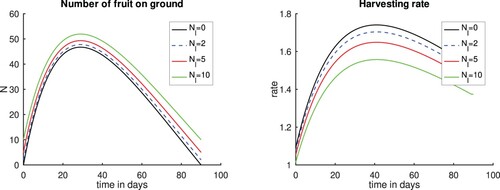
Table A1. For each climatic region of Benin and each habitat the following values are provided: the width of the habitat, the harvesting rate implemented, the number of offspring trees in years 2016 and 2017. For each site a single value is given for the total number of trees in the population.
Table A2. The value of the Pentadesma recruitment rate for each habitat within each climatic region.
Table A3. The values of the mortality rate in the dry (j = 1) and moist (j = 2) region of Benin for offsprings and adult trees. The experimental values are given for 2016 and 2017.
Table A4. The total natural death rate of the Pentadesma tree within each climatic region.
